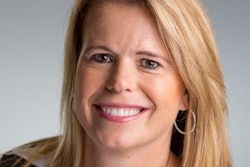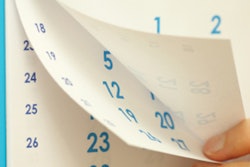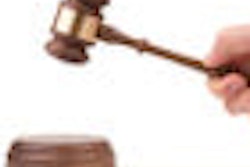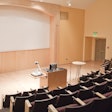
Voice message reminders for dental appointments are more effective than text messages in preventing no-shows, and Medicaid patients are no more likely to miss appointments than self-pay or insured patients, according to a new study in the Journal of the American Dental Association (April 2011, Vol. 142:4, pp. 397-405).
Caregivers of young patients who received text message reminders were more than twice as likely not to keep their appointments than those who received voice message reminders, according to researchers at the University of Washington (UW) Department of Pediatric Dentistry. Younger caregivers were more likely to miss appointments than were older caregivers, and attendance improved as caregivers got older, the researchers noted.
Although higher rates of no-shows are particularly common in clinics that treat large numbers of Medicaid patients, the researchers found little difference in attendance rates according to insurance type. About 89% of self-payment patients and those with private dental insurance kept their appointments, whereas 86.7% of those enrolled in Medicaid kept their appointments.
— Bruce McKay, vice president,
Smile Reminder
"This belies the much heard complaint that Medicaid patients do not keep their appointments, a frequent reason cited by dentists who do not provide care to Medicaid-eligible patients," Frank Catalanotto, DMD, a professor in the department of community dentistry and behavioral science at the University of Florida College of Dentistry, told DrBicuspid.com.
Interestingly, fathers were more likely to keep appointments (95.2%) than were mothers (86.8%) or caregivers in the "other" group (70%), according to the researchers.
The survey of 317 caregivers of UW's pediatric clinic patients between May 2009 and November 2009 included 158 who received text message reminders and 159 who got voice messages. Those in the voice message group had significantly lower no-show rates (8.2%) -- less than half of those in the text message group (17.7%).
The higher attendance rate in the voice message group could be attributed to the relationships established by staffers with patients, which in many cases spanned several years, the researchers said. Caregivers may have perceived the text reminders as less personal than voice messages, causing them to disregard them more readily than a personal voice reminder, they noted.
Younger caregivers were less likely than older ones to keep their appointments, regardless of reminder type, the researchers found. About 40% of those who missed appointments were younger than 31 years old, yet only about 20% of those who did attend were younger than 31 years old. Only 7.6% of caregivers older than 40 years were no-shows.
Last-minute reminders best
Previous studies have suggested that patient no-show rates range from 6% to 42%. (Journal of Dentistry for Children, May-August 2007, Vol. 74:2, pp. 124-129; American Journal of Orthodontics and Dentofacial Orthopedics, March 2005, Vol. 127:3, pp. 355-357).
In another study, telephone reminders helped a university-based dental clinic realize a revenue increase of $473,000 within a 12-month period (Journal of Dental Education, September 2003, Vol. 67:9, pp. 1016-1022).
In the current JADA study, younger people in lower income and minority groups with higher rates of geographic mobility and transience use cellphones more than the general population, the researchers noted. Forgetfulness, scheduling errors made by the practice, and patients' confusion regarding dates and times were the main reasons cited for missed medical and dental appointments.
The survey indicated that the largest group of participants (131 or 41%) preferred a voice reminder, whereas 100 participants (31%) found either reminder type suitable, and 86 participants (27%) preferred a text message reminder.
Smile Reminder, a patient messaging system, sends emails to patients 48 hours before scheduled appointments, then follows up with text reminders about two hours before the appointment. Texts sent on the day of appointment are more effective, according to Bruce McKay, vice president of Smile Reminder.
"Last-minute reminders reduce no-shows far better than anything." McKay told DrBicuspid.com. "Practices drop no-show rates drastically with last-minute text messages."
He concurred with the study's conclusion that the transient nature of many Medicaid patients means that one of the best ways to contact them is via their cellphones. But contrary to the study's findings, McKay said younger caregivers are better than older patients at keeping appointments when given last-minute text messages.
"Young people are used to it; it's their means of communicating and it's such an immediate art form," he said. "You can't ignore text messages -- they're always there. It's not buried in an email or sitting in a voice mail. It's right there in the palm of their hand at the critical time frame."
And doctors who treat predominantly older patients tell McKay that text messages and email are better than some might expect because that's the way they communicate with their grandchildren. Also, most older patients don't give their cellphone numbers or email address to many people.
"So when they get the reminder, it's almost guaranteed that they will see it because it won't be buried in a bunch of other messages," he said.



















